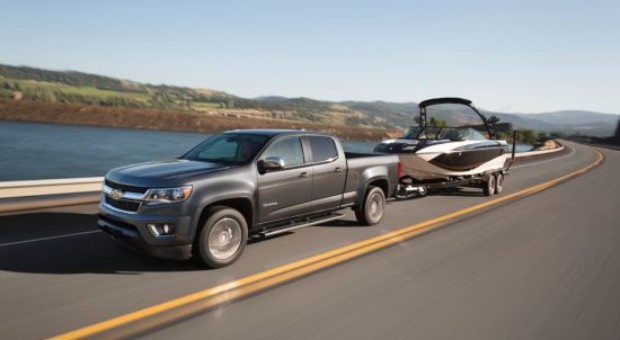
When they go on vacation, many people choose to get around using the local public transport, taxis, and private cars. Navigating foreign roads can be a complicated and sometimes stressful experience.
However, there are still plenty of people who would rather have the freedom to drive in a hire car or even in their own vehicle. Driving abroad can be nerve-wracking, especially if you aren’t a very experienced driver. But it is possible for you to pick up the local rules of the road and quickly begin to feel more comfortable.
When you go away, you need to make the decision of whether to drive or use other modes of transport. You can use this guide to decide which is the best option and learn how to keep yourself safe in an unfamiliar driving environment.
Why Drive Abroad?
Many countries around the world have excellent public transport systems, and those that don’t often have other ways of getting around. From taxis to tuk-tuks, you’re sure to find an efficient way of getting from A to B. So what is the value of driving when you go abroad, and is it really worth the hassle? For one thing, driving could be cheaper than using other methods of transport. Often the more efficient a public transport system is, the more it costs. And you can very quickly blow your vacation budget getting taxis and the like wherever you want to go. If you hire a car, or perhaps take your own, you should be able to work out a rough budget for your transport costs.
Driving also allows you to be much more flexible. Without a car, you have to rely on trains, buses, boats and taxis. The transport needs to be available for you to use, and there could be many places that you can’t access because you don’t have a vehicle. Even if you can find a way to get to all the places you want to go to, you’re bound by their schedules. With a car, there’s no need to stick to a train or bus timetable or book onto a tour that only leaves once a day. What’s more, you might be able to experience the place you visit more like a local would, mingling with them on the roads.
Which Car?
If you do decide that you’re going to drive on your vacation, you need to think about the vehicle you need. You should be able to hire a car in most places but, depending on where you go, you might want to take your own. Some people even choose to buy a car if they’re going to be somewhere for an extended period. For some, it’s a cheaper option to purchase a used vehicle from somewhere like cardealwarehouse.co.uk and then sell it on when they get to their final destination.
It’s up to you to decide what you’re going to do about your car. For most people, hiring one is the least complicated option. But driving to another country in your car can also be a great idea. You just need to check to see if you require to make any adjustments to your vehicle.
Learning the Law
Every country has its own set of laws on the road. Although some nations might follow their rules a bit closer than others, it’s best to read up on driving in the country before you leave. First you need to consider your driver’s license. Many countries don’t accept a US license, so you need to check whether yours will be recognized at your destination. Most countries will, however, take an International Driving Permit.
You can apply for one of these with the American Automobile Association (AAA) or the National Auto Club. You need to be at least 18 years old and have your US license and two passport-sized photos. As well as being over 18 for the IDP, you should check how old you need to be to hire a car with most companies in the country you’re visiting.
You can try to get a copy of the driving laws for a country from the local embassy or consulate, car hire company or another source. It’s also a good idea to read some personal experiences of driving in that particular country. Often the realities don’t necessarily match the expectations of the law. Aside from reading up on the practical side of driving at your vacation destination, you need to check general rules.
There are several rules unique to individual countries of which you need to be aware. For example, in Saudi Arabia, women are not permitted to drive. In France, all vehicles must carry a breathalyzer. You might need a special permit on some toll roads in certain countries too.
Assessing Risks and Dangers
You should always practice sensible road safety. But you should be especially vigilant when driving in an unfamiliar environment. There are the usual rules to follow, such as, not picking up hitchhikers and being aware of your surroundings when entering and exiting your car. You should always check government travel warnings before you decide to drive in any country, as there might be particular risks to watch out for.
You should seriously consider whether you want to drive in some places too. If you’re not a confident driver, you won’t do well in cities where people have loose interpretations of the rules of the road.
Insurance
If you’ve decided you’re going to drive abroad, you need to make sure you’re adequately insured. When you hire a car, ensure that you have adequate liability insurance. Your US insurance probably doesn’t cover you for driving abroad, so you should ensure that you take out auto insurance for your vacation. You might be covered for neighboring countries, such as Canada and Mexico. You also need to follow the law for a country’s minimum requirements for cover, so do check that you meet them. If you rent a vehicle, you can probably get your insurance at the same time.




















